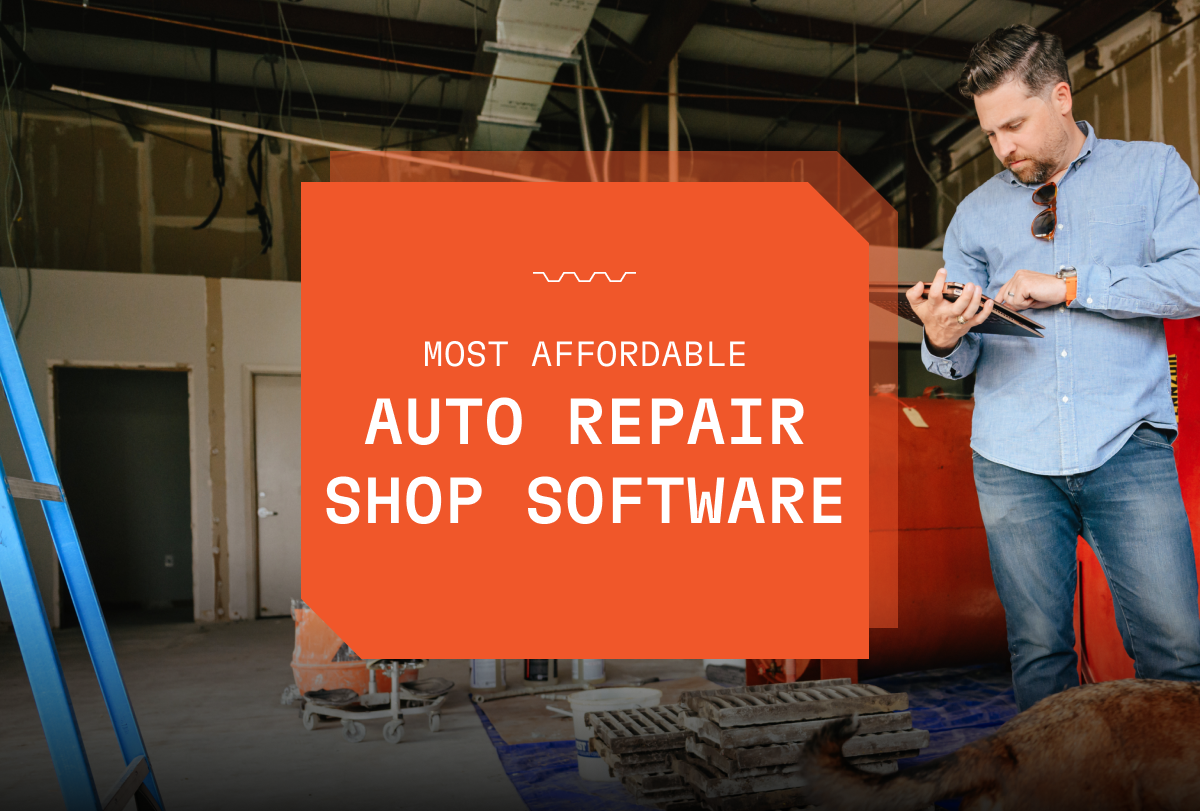Chargebacks are something that no shop owner wants to deal with.
Your business relies on big-ticket sales, and chargebacks on those sales can squeeze your margins.
When a guest goes through their bank or credit card company to get a refund, whether it’s because they were unhappy with the repair or not, it can leave shop owners in a bind where they might have to eat the cost of the labor, parts, and profit.
There are some cases where business owners can make a case against the chargeback, but it can be a lengthy process and most banks and credit card companies will side with the cardholder who’s making the complaint.
Protecting your business from chargebacks doesn’t start when the payment is processed, nor does it end with being reimbursed for a single chargeback. The best way to protect your business from chargebacks is to establish clear, open communication with your guests and adhere to a consistent and secure payment process.
Always Get Your Guests’ Consent Before Doing Work
When your service advisors take guests through the repair order, they should listen carefully to what the client wants; service advisors can never be too careful.
If that means spending some extra time to review the repair order with the guest, it’s time well spent.
A little more time spent on the front-end can save you a lot more time on the back-end. Once the RO is thoroughly reviewed, you can get either written or verbal consent for the work and the cost. It’s worth keeping in mind that it’s easier to document written consent.
Using a shop management system like Tekmetric where the guest can see the courtesy inspection and click through and select the work they want and the work they want to put on hold can set clearer guidelines for both the guest and the service advisor.
Establish a Transparent Relationship with Your Guests
Providing excellent customer service is good practice for any auto repair shop, but it also goes a long way toward preventing chargebacks.
Let your guests know that you’re committed and dedicated to fixing their problem, even if that means taking their vehicle back into the shop if the guest is not 100% satisfied.
If you make it clear to your guests that they can come back to you about any concerns, they are far less likely to go to their bank or credit card company first. And it’s better to do a little extra work to ease the mind of your guest than it is to give away an entire repair order for free or go through legal hassles.
If your shop doesn’t already have one, consider establishing a clear and easy return policy and make it visible to guests via signage or with messaging on repair orders.
Simple policies such as “If you’re not satisfied, call us, and we’ll make it right” can go a long way in terms of letting guests know they should go straight to you if there’s something wrong.


%20(1).png)
-%20article%20img.png)

.png)

.svg)



.svg)